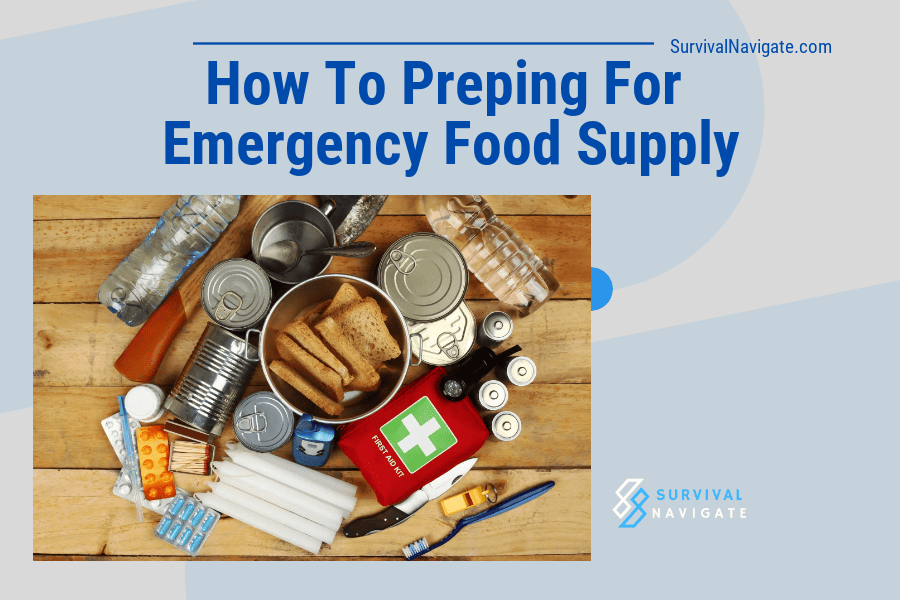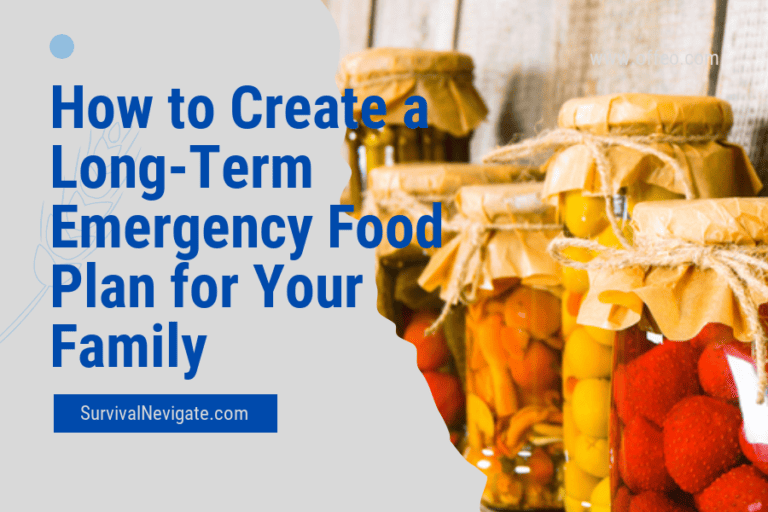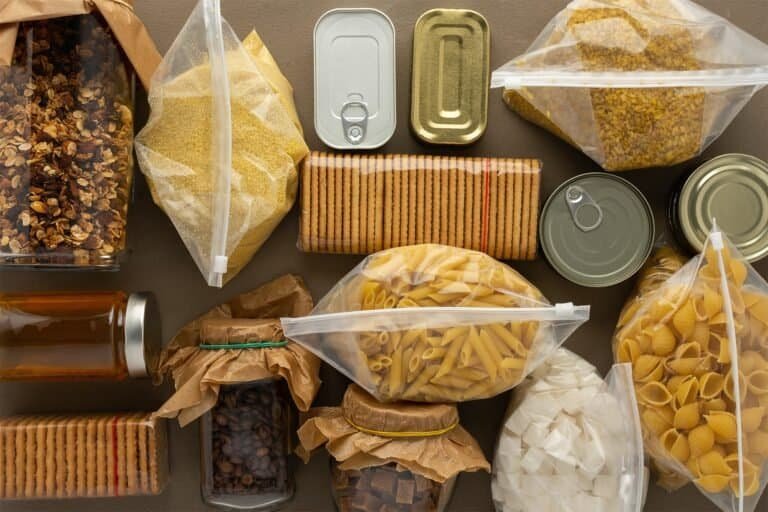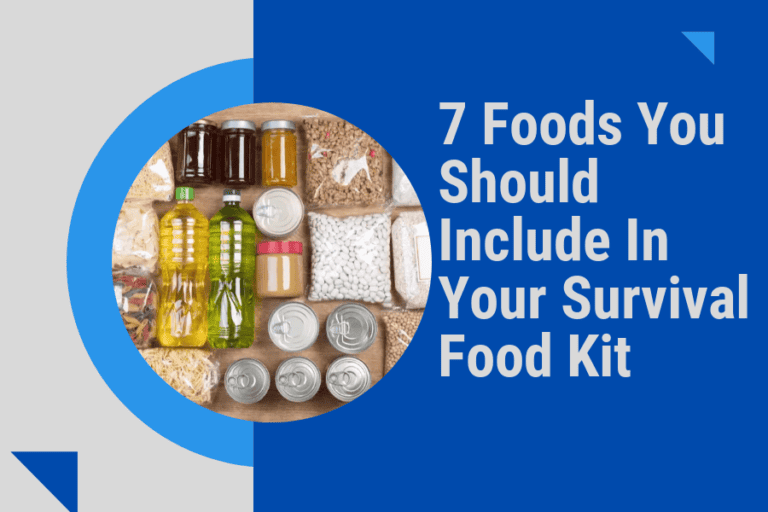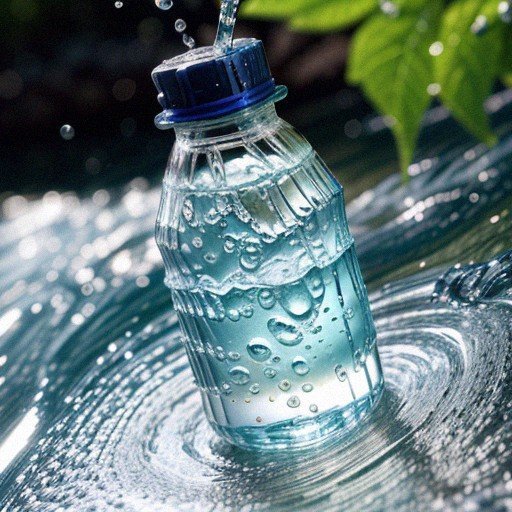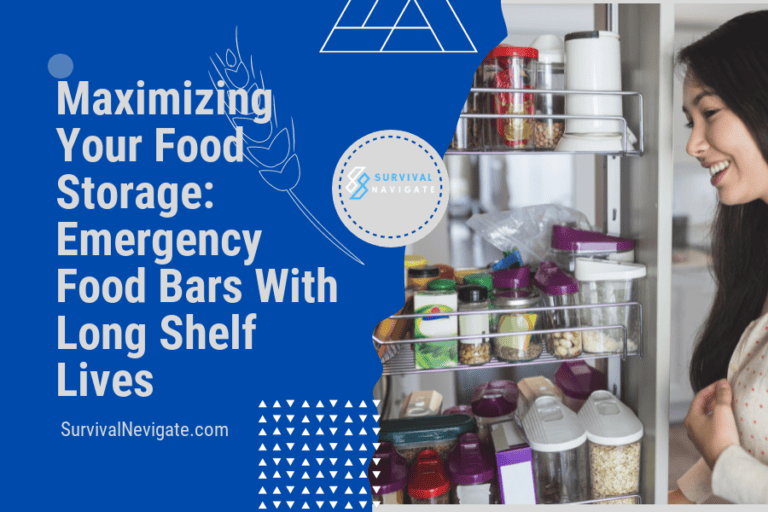How To Preping For Emergency Food Supply
Preparing for emergencies is a good idea, and can be done with just about anyone. But you must also have a plan for when this all goes wrong and you find yourself in an emergency situation.
Preping an Emergency Food Supply, Short Term Food Storage
Some people choose to stock up on food and water in case of an emergency, such as fire, flood or a natural disaster.
However, there are other times you might want to be prepared with extra food: if the economy worsens; during flu season; if you’re traveling on vacation; or if stores run out of certain items when they’re needed most.
Whatever your reasons for wanting extra supplies—and how much you need—stocking up on food isn’t something that should take place all at once.
You can start small by buying one or two extra items each week until your pantry is stocked with nutritious foods and drinks that will sustain everyone in your family through an emergency situation.
Preparing a Three-Day Emergency Supply
You should have a 3-day supply of food on hand.
We all know that an emergency can strike at any time, but you may not really appreciate how quickly a disaster could disrupt the food supply.
In just a matter of hours after the 7.0-magnitude earthquake in Haiti on January 12, 2010, for example, survivors faced dwindling supplies of clean water and other basic necessities.
If you are planning to store food for emergencies or even long-term storage goals—an important goal itself!—it’s critical to plan what you will eat during those first few days following an emergency when relief assistance may be delayed because of weather conditions or damaged transportation routes.
Tips for Planing two-week supply of food on hand
The amount of food you will need to store depends on several factors like family size and the length of time that you plan to be without power.
A good rule of thumb is to have enough non-perishable foods stored so that your family can survive for at least two weeks without having to go out in search of food.
One way to develop a two-week emergency supply is by increasing the amount of basic foods that you normally keep on your shelves.
If you eat out regularly, then this may require additional planning and preparation as well since it’s a good idea not to rely too heavily on products from fast food restaurants or convenience stores because these items are perishable and cannot be stocked up upon as much as dry goods can.
Your plan should be based around foods which don’t require electricity for their refrigeration or freezing (such as canned produce, powdered milk, flour etc.).
More Tips About Choosing Food For Emergency Supply
Dehydrated and freeze-dried foods are lightweight and take up little room, but you will need to plan extra water supplies for rehydrating them for use.
Some dehydrated foods, like fruits, can be eaten without preparation. If some foods in your kit will require cooking at camp, be sure to also include some that are ready to eat (such as canned meats).
Are not very salty or spicy, as these foods increase the need for drinking water, which may be in short supply In summary, it is important to consider the needs of the entire family when planning a food storage program.
Other Foods or Ingredients
Keeping food items fresh is a challenge when living in the field. Here are some quick tips to help you make sure that your rations stay edible and ready for action.
Store foods such as cookies, crackers, chips and candy in airtight containers or plastic bags. This will prevent them from drying out over long periods of time.
Water Supply Storage
It is important to store water in the shelter area. Contaminated water can be found in many places around the world. It is best to store a supply of water in your shelter area.
A minimum storage capacity of at least 1 gallon per person for drinking and food preparation purposes, and1-1/2 to 2-1/2 gallons for bathing, brushing teeth, minimal dishwashing (including cleaning baby’s bottles) should be stored.
Part of the liquid can be consumed in the form of canned fruit juices, soft drinks (which have some nutritional value), or juices obtained from canned fruits and vegetables.
Water obtained directly from fresh fruits or vegetables has not been treated with disinfectants and may contain harmful microorganisms that could cause illness during an emergency situation where a public water supply is unavailable.
Rainwater collected off roof tops also contains particles of dirt which may require treatment prior to consumption even though the water source appears clean after collection. T
he addition of chlorine bleach will render nonpotable domestic well water potable until an alternate source is secured
Don’t Overbuy Out Of Fear
When a natural disaster like hurricane is on the horizon, we tend to overbuy food.
People are so fearful that their area will be out of power for an extended period of time, they grab up all the food items in sight.
This fear makes us over-buy items we might not use or eat before they go bad. The threat of natural disasters can also make people choose poor storage methods and locations for their emergency food supply kit (see this article on choosing how to store your emergency food).
While it’s important to be prepared, having unnecessary amounts of nonperishable foods may lead you to waste precious space in your home with things you don’t need and can’t or won’t eat.
You should only buy what you plan to use within two years—and rotate your supplies every six months when possible.
Pre-Planing For Circumstances
For example, if you live in an area that recently experienced a hurricane and you have no power for several days, the water from your taps will be contaminated with bacteria and other pollutants.
You can wash your hands thoroughly to reduce the risk of infection, but you should not drink this water or give it to pets.
Keep in mind that boiling does not effectively kill all organisms; besides, who wants to stand over a hot stove when there are better things to do?
Instead of buying bottled water for your emergency food supply kit (which is expensive), fill several containers before the storm is even near your area which will save money.
If possible use different containers than those used by family members so they don’t think they need more drinking supplies than you already have on hand (it happens).
Also consider filling empty 2 liter soda bottles with tap water – these make great storage containers as well because their wide mouths allow easy access when needed.
Conclusion
In conclusion, there are no hard and fast rules for prepping food supplies. It is a personal decision to make depending on your family size, location and the type of disaster you are expecting.
It’s important to be prepared for any potential crisis situation but don’t neglect your regular grocery shopping. Make sure all food products in your pantry meet the USDA standards, including expiration dates (if applicable).

